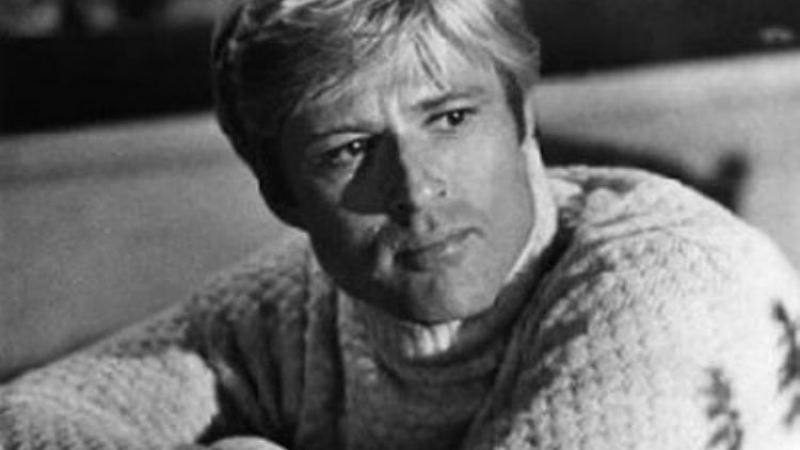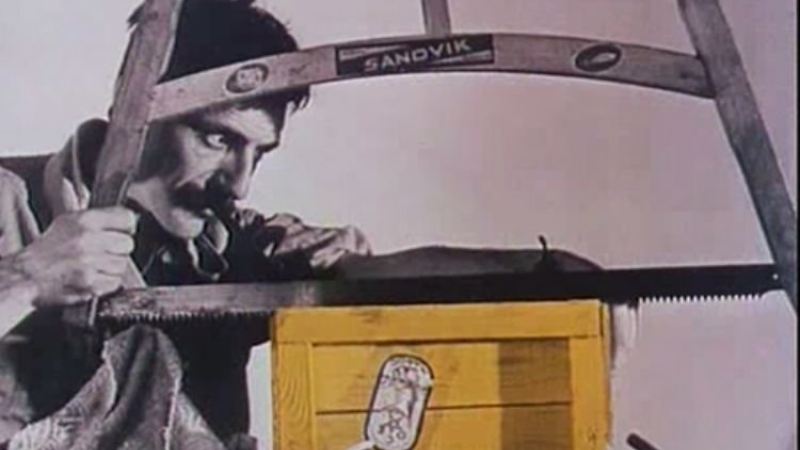Obscure Pleasures
April 2 – 9
Master craftsman, Dadaist prankster, and unrepentant sensualist, Walerian Borowczyk and his films have yet to be both fully discovered and appreciated. Born in Poland during the 1920s, Borowczyk trained as a painter and sculptor before establishing himself first as a poster artist and later an animation filmmaker. Having relocated to France during the late 1950s, Borowczyk produced a succession of startling, often comic short films that were as innovative as they were provocative. When Borowczyk made the transition to feature films, he joined the ranks of the titans of world cinema.
Not only was Borowczyk a trailblazer for fine artists working in film but he also brought a keen, painterly eye to framing and editing objects, animals, and bodies. Expertly marrying film to both classical and electronic music, Borowczyk’s approach to cinema harked back to the silent days (Méliès, Keaton, Eisenstein) and even pre-cinema (Muybridge, chrono-photography, and zoetropes). From the outset, Borowczyk favored both fantasy and eroticism, tendencies in his work that became more pronounced with the relaxation of censorship. A sense of earthy humor masks a distinctly moral sensibility, eager to satirize the corruption of institutions, whether they be feudal, clerical, or bureaucratic.
Arguably the most controversial aspect of Borowczyk’s filmography is his approach to women. While his gaze is undeniably male and unashamedly voyeuristic, Borowczyk’s heroines are far from shrinking violets, often ready to toss off their corsets and use their sexuality as a means of transcending social constraints, while the men are left dithering between conflicting desires for physical gratification and public respectability.
If Borowczyk’s erotic obsessions rendered him a marginal figure in the history books, then it is high time to reevaluate this remarkable artist’s major contribution to cinema.
source filmlinc.com














